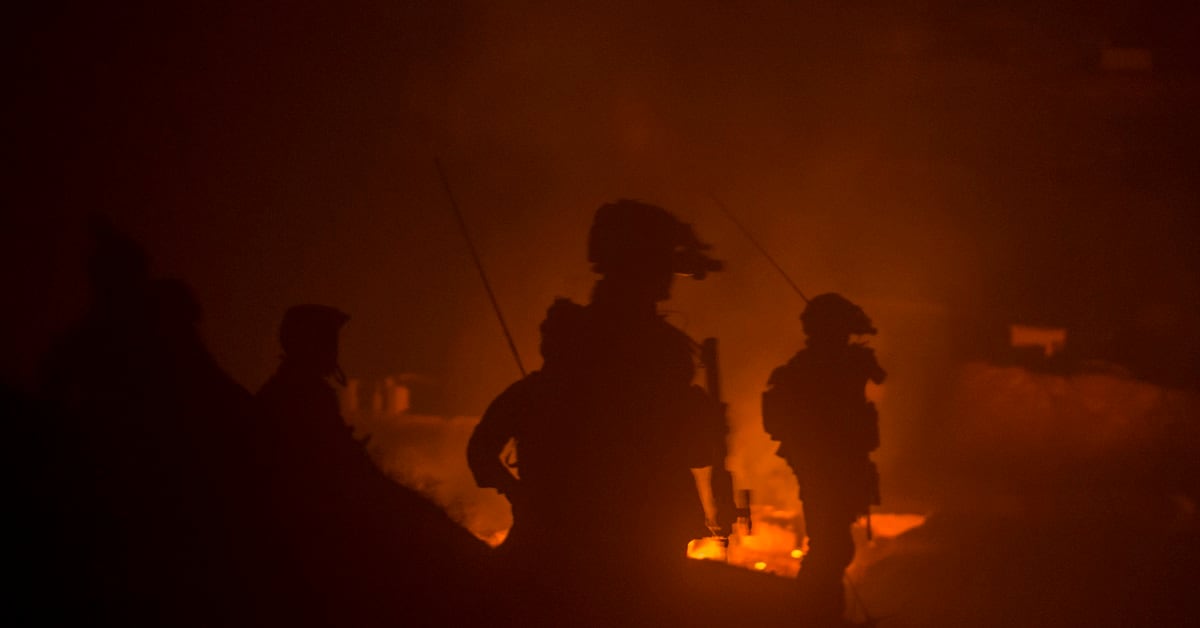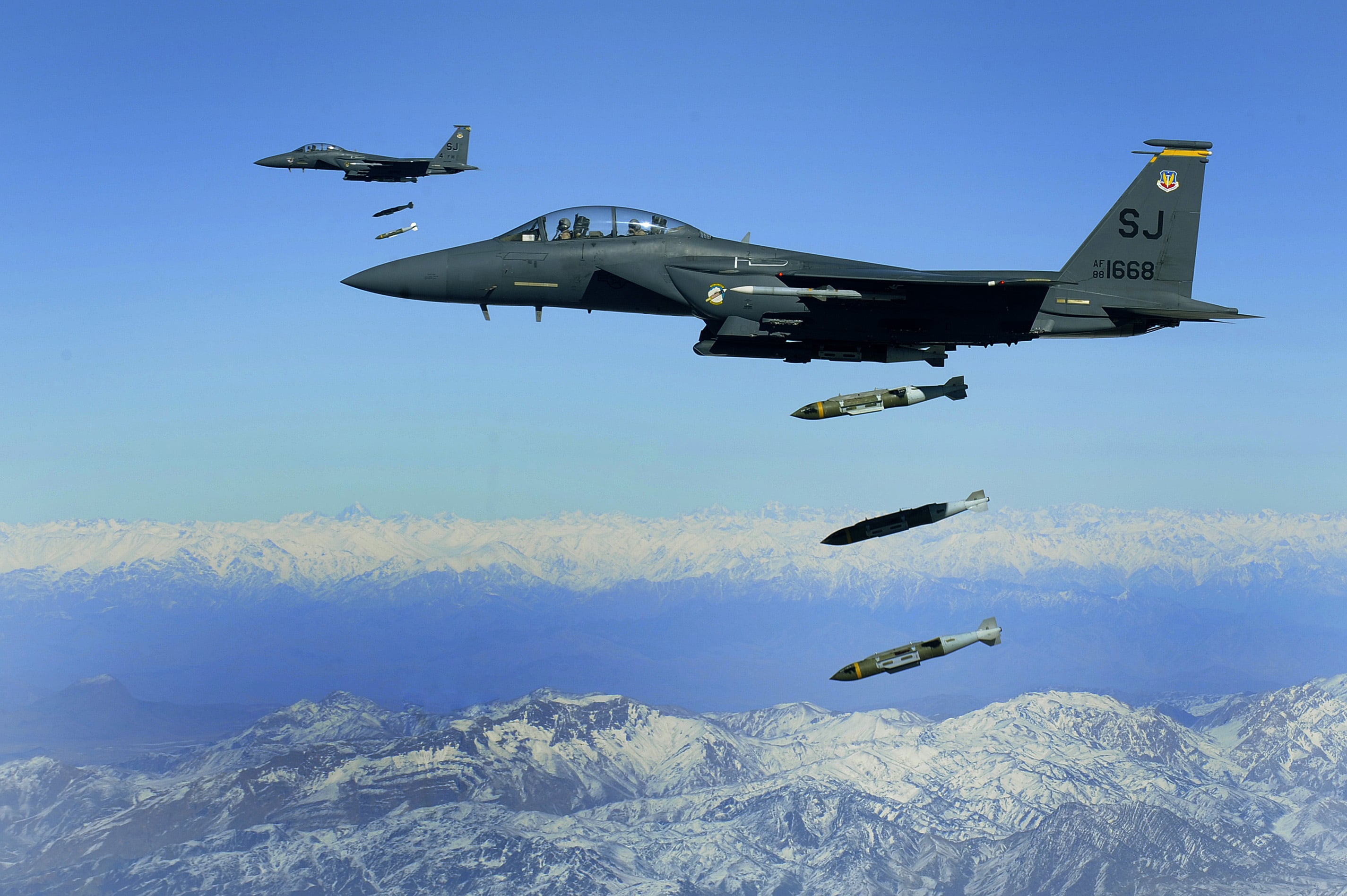America’s longest war continues to drag on as U.S. forces are amid one of its heaviest bombing campaigns since the start of the conflict 18 years ago as Washington seeks to force the Taliban into a settled peace.
But in the backdrop, war metrics that have been used to push positive public sentiment and stay the course in a war U.S. officials have acknowledged as unwinnable were manipulated to tout successes and emphasize particular strategies were moving in the right direction, according to a an explosive story from the Washington Post.
In documents obtained through a government records request by the Washington Post, a senior National Security Council official said the Obama administration and Pentagon pushed metrics that portrayed the 2009 decision to surge 30,000 troops to Afghanistan in an inaccurately positive light.
“It was impossible to create good metrics. We tried using troop numbers trained, violence levels, control of territory and none of it painted an accurate picture,” the NSC official said in a 2016 government interview, according to the Washington Post’s government documents.
“The metrics were always manipulated for the duration of the war," the NSC official said, the Washington Post reported.
The Washington Post obtained nearly 2,000 pages of interviews and comments made by government officials, diplomats and military commanders regarding the state of the Afghan war.
RELATED

The comments by U.S. officials were made as part of a project led by John Sopko known as “Lesson Learned” about the war in Afghanistan.
Sopko is the lead inspector general for a government watchdog group known as the Special Inspector General for Afghanistan Reconstruction, which produces reports on reconstruction aid and the conflict in Afghanistan.
Sopko told the Washington Post that the documents it obtained showed “the American people have constantly been lied to” about the state and progress of the conflict.
The NSC official in the 2016 government interview said U.S. officials would even find ways to stretch bad metrics in a positive light, according to the Washington Post.
“It was their explanations,” the NSC official said, according to the Washington Post “For example, attacks are getting worse? ‘That’s because there are more targets for them to fire at, so more attacks are a false indicator of instability.’ Then, three months later, attacks are still getting worse? ‘It’s because the Taliban are getting desperate, so it’s actually an indicator that we’re winning.’ ”
“And this went on and on for two reasons,” the NSC official said, according to the Washington Post. “to make everyone involved look good, and to make it look like the troops and resources were having the kind of effect where removing them would cause the country to deteriorate.”
John Garofano, who advised Marines in Helmand in 2011, said during a 2015 government interview that a lot of effort was put into producing color-coded charts that showed the war was moving in the right direction, and no one questioned the credibility of the information or whether it was helpful, according to the Washington Post.
“They had a really expensive machine that would print the really large pieces of paper like in a print shop,” Garofano said in the 2015 interview, according the Washington Post. “There would be a caveat that these are not actually scientific figures, or this is not a scientific process behind this.”
In 2018, U.S. officials began publicizing Taliban and Islamic State fighter body counts to shore up support in the White House to remain in the conflict, according to the New York Times.
Body count metrics were widely used during the Vietnam War.
The Pentagon stopped pushing the body count figures following questions from the New York Times.
There are currently 13,000 U.S. troops in Afghanistan. President Donald Trump has oft voiced his desire to withdraw U.S. forces from Afghanistan.
During a surprise visit to Bagram Air Base, Trump told U.S. troops that negotiations with the Taliban were back on, after he suspended them in September following a deadly bombing claimed by the Taliban that claimed the life of a U.S. soldier.
RELATED

Trump also touted success of recent operations against the ISIS militants in Afghanistan during the Thanksgiving Day visit, detailing that U.S. forces were “wiping” out ISIS militants “left and right.”
“There’s almost nothing left in this area. And al-Qaida, the same thing. And tremendous progress,” Trump told U.S. troops during the visit. “And we — we’ve got them down to very low numbers. We’ll have that totally taken care of in a very short period of time.”
National security experts and critics of a U.S. draw down if Afghanistan oft warn of the plethora of terror groups operating in Afghanistan as a reason to maintain as U.S. presence in the region.
Fears of an ISIS resurgence in Afghanistan has become a major hurdle for U.S. troops seeking to withdraw from the region after nearly 18 years of war.
The Associated Press reported that Trump’s envoy leading peace negotiations with the Taliban, Zalmay Khalilzad, kicked off the first round of talks with the Taliban on Saturday since Trump’s paused the negotiations in September.
Shawn Snow is the senior reporter for Marine Corps Times and a Marine Corps veteran.





